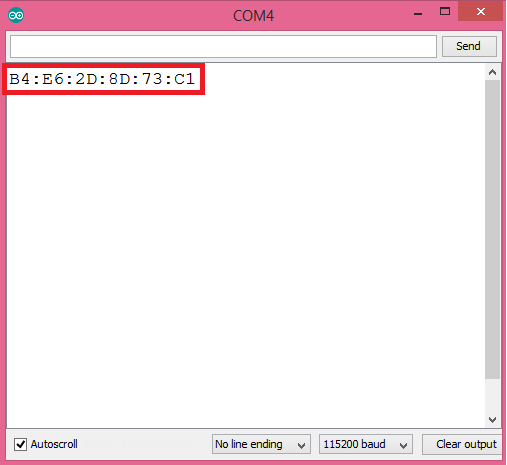Interface Station Mac OS
Mac OS X (released in 2001) In early 2000 Apple announced their new Aqua interface and in 2001 the company released it with their brand new operating system called Mac OS X. The default 32 x 32 and 48 x 48 icons were changed to big 128 x 128 anti-aliased and semi-transparent icons. Lots of criticism followed after the release of this GUI. https://torrenttheater.mystrikingly.com/blog/grappler-1-0-9.
See your network at a glance
- How many times did you have something running on your Mac and you wanted to make.
- Another difference between Mac OS X and other platforms is that Mac OS X applications consistently use a small dot to indicate when a window is “dirty,” meaning that information has been changed and a save is in order. Figure 4-6 shows a “dirty” window icon, and Figure 4.
- Mac OS, operating system (OS) developed by the American computer company Apple Inc. The OS was introduced in 1984 to run the company’s Macintosh line of personal computers (PCs). The Macintosh heralded the era of graphical user interface (GUI) systems, and it inspired Microsoft Corporation to develop its own GUI, the Windows OS.
- User Interface; Personal Assistant (AI) Be sure to check Part 2, where I discuss mobile phone integration and multitasking. Windows 10 vs macOS Sierra – User Interface. In order for computers to be at all usable, they must be controlled through a user interface (UI).
Quickly see the status of your network and the devices connected to it in a graphical overview.
Automatically update your base stations
Keep your network running smoothly by having AirPort Utility automatically check for software updates.
Manage your Wi-Fi network from your devices
With the AirPort Utility app on your iOS and iPadOS devices, you can set up and monitor your network from your devices as easily as you can from your Mac.
To explore the AirPort Utility User Guide, click Table of Contents at the top of the page, or enter a word or phrase in the search field.
If you need more help, visit the AirPort Support website.
UPDATE: in 10.6, the CUPS user interface has been updated, but the process is the same.
It’s easy to find abundant, multilingual, official and non-official instructions on how to configure the Vodafone Station to use a USB printer and how to then install that printer in Windows, just google it.
What’s hard to find, on the other hand, is any description on how to install that same printer in Mac OS X (10.5.8 for me). Googling in English, Italian or Spanish did not help, nor did playing around in the Print & Fax applet.
Day one 1 5 5 – maintain a daily journal. This article in Italian by 1e2.it, however, talks a bit about how to do it in Linux and, even if not addressing Mac OS X directly, it offers the right hint: use CUPS.
First, I strongly suggest you download the latest version of Gutenprint, which includes a lot of very useful printer drivers. In any case make sure you have your printer’s driver installed. By the way, if you have the HP LaserJet 1022 like me definitely use Gutenprint; also, you might still find this page useful even if it’s old (thank God we have macosxhints.com).
Apple keyboard and mouse walmart. From your browser go to localhost:631 and the web interface of CUPS will show up (curious how the web interface is more explanatory than System Preferences’ Add Printer applet…).
Follow the on-screen instructions on how to add a new printer and everything should work. https://little-meme-bonus-ceasers-fkml-review.peatix.com.
/article-new/2020/11/big-sur-availiable-feature-triad.jpg?lossy)
Mac Os Interface
Below you’ll find the screen shots of what I did; clearly you need to replace the name of the printer and the IP address accordingly, but you get the idea.
1. Click on the Add Printer button and fill in the required info
3. Enter the correct device URI. Note that the port is by default 631 and the
5. Select the correct driver
Mac Os Systems

Interface Station Mac Os X
Click on Add Printer, show Mac OS X who’s the boss and voila!
Somebody at this point recommends to click “save” on the Vodafone Station printer setup page (Advanced >> USB Applications >> Print Server). I don’t know what that’s supposed to do. For me it worked without doing that.